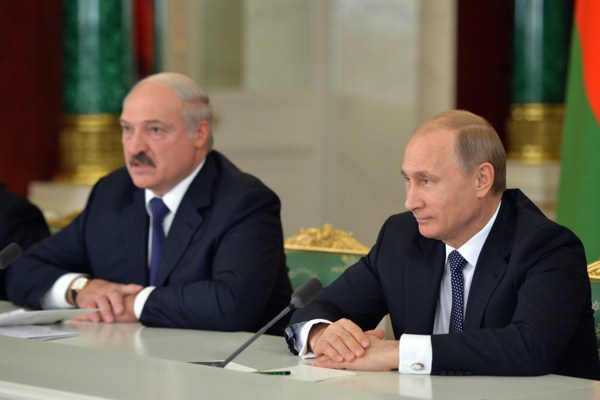Yesterday, the Belarusian ruble rebounded slightly in international currency markets for the first time since the Russian ruble plummeted in value in December. The gain follows emergency steps taken earlier this month by Belarus’ central bank to devalue the ruble by 7 percent, increase the main refinancing rate and add a new export tax on potash, all in an attempt to manage the fallout from Russia’s sudden economic crisis. This in turn followed a move in late December to replace Belarus’ prime minister and the head of the central bank in order to aggressively respond to the currency drop.
The close ties between the two currencies reflect the close ties between Moscow and Minsk. Russia is Belarus’ primary trading partner and closest ally, and the conflict in Ukraine has placed Belarus—and in particular its long-serving dictator, President Alexander Lukashenko—in a tricky position. As I wrote in World Politics Review in March 2014, just after Russia seized control of Crimea:
Relations between Putin and Lukashenko have always been complicated, even before the Ukraine crisis, as David Marples explained for World Politics Review in 2013:
Keep reading for free
Already a subscriber? Log in here .
Get instant access to the rest of this article by creating a free account below. You'll also get access to three articles of your choice each month and our free newsletter:
Subscribe for an All-Access subscription to World Politics Review
- Immediate and instant access to the full searchable library of tens of thousands of articles.
- Daily articles with original analysis, written by leading topic experts, delivered to you every weekday.
- The Daily Review email, with our take on the day’s most important news, the latest WPR analysis, what’s on our radar, and more.

